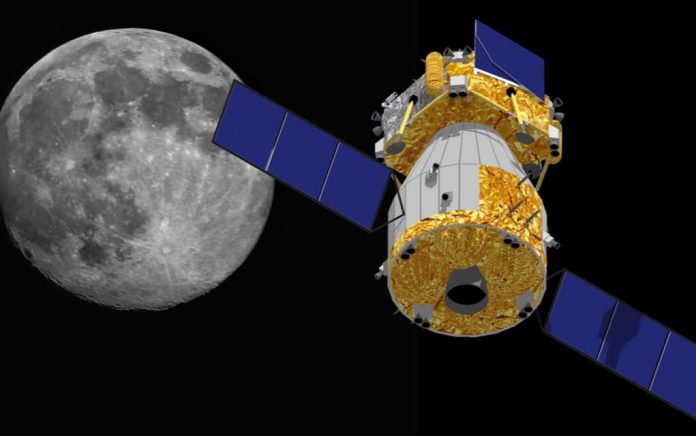
International partners unite to launch a new era in space exploration through a collaborative lunar mission.
At a Glance
- SpaceX launches robotic moon landers from Firefly Aerospace and Japan’s Ispace.
- Firefly’s “Blue Ghost” carries payloads for NASA’s lunar research.
- Ispace’s “Resilience” attempts a new landing technique on the moon.
- This mission is a part of NASA’s Commercial Lunar Payload Services.
Details of the Mission
Firefly Aerospace, hailing from the United States, embarked on its first lunar mission by launching its cargo lander, “Blue Ghost,” using SpaceX’s Falcon 9 rocket from Florida. The mission seeks to expand into the NASA-led lunar services market, marking Firefly’s strategic entry into space research and technology development under a $101 million NASA contract. This move supports NASA’s Commercial Lunar Payload Services (CLPS) program, directly contributing to the Artemis crew program’s goals.
The mission entails a 45-day lunar journey with the Blue Ghost carrying 10 government and commercial payloads. This includes NASA’s science and technology instruments crucial for conducting research on the moon’s surface. Within 25 days in Earth orbit, the lander will conduct systems checks and data-gathering exercises. It will then travel to the moon within four days, spending 16 days in lunar orbit before touching down in Mare Crisium.
Falcon 9 is vertical on pad 39A in Florida ahead of tonight's launch of the @Firefly_Space Blue Ghost and @ispace_inc RESILIENCE lunar landers to the Moon in ~3.5 hours from now → https://t.co/0h1QaJCVyY pic.twitter.com/VJQMCg0shS
— SpaceX (@SpaceX) January 15, 2025
Exploration and Innovation
The landers will conduct groundbreaking operations on the lunar surface, including capturing imagery and collecting data of the lunar environment. As representatives of Texas-based Firefly stated, “Following payload operations, Blue Ghost will capture imagery of the lunar sunset and provide critical data on how lunar regolith reacts to solar influences during lunar dusk conditions.”
This mission aligns with a partnership that exemplifies the transformative nature of international cooperation. Japan’s Ispace also launched their lunar lander, “Resilience,” as part of the mission. Taking a longer route to ensure energy efficiency, Resilience will reach lunar orbit in about four months. It is slated for a landing in the Mare Frigoris region, carrying innovative technology like the microrover named Tenacious, which will aid lunar research by collecting regolith samples.
Two moon landers, one from Japan's ispace and another from US space firm Firefly, were fastened atop a SpaceX rocket in Florida ahead of an unusual double moonshot launch, underscoring the global rush to peruse the lunar surface https://t.co/SvPfLFbKXB
— Reuters (@Reuters) January 15, 2025
Future Prospects in Space Exploration
These endeavors are part of a burgeoning era marked by private innovation in space exploration, supported by international partnerships. NASA predicts that such missions could lead to up to five U.S. companies launching lunar landing missions by 2025. As Firefly CEO Jason Kim noted, “We’re now fully focused on execution as we look to complete our on-orbit operations, softly touch down on the lunar surface, and pave the way for humanity’s return to the Moon.”
The combined effort of various international players strengthens the community fostering space exploration. The mission reflects a cooperative spirit that could propel humanity’s reach beyond Earth, unlocking new possibilities in scientific research on celestial bodies.





